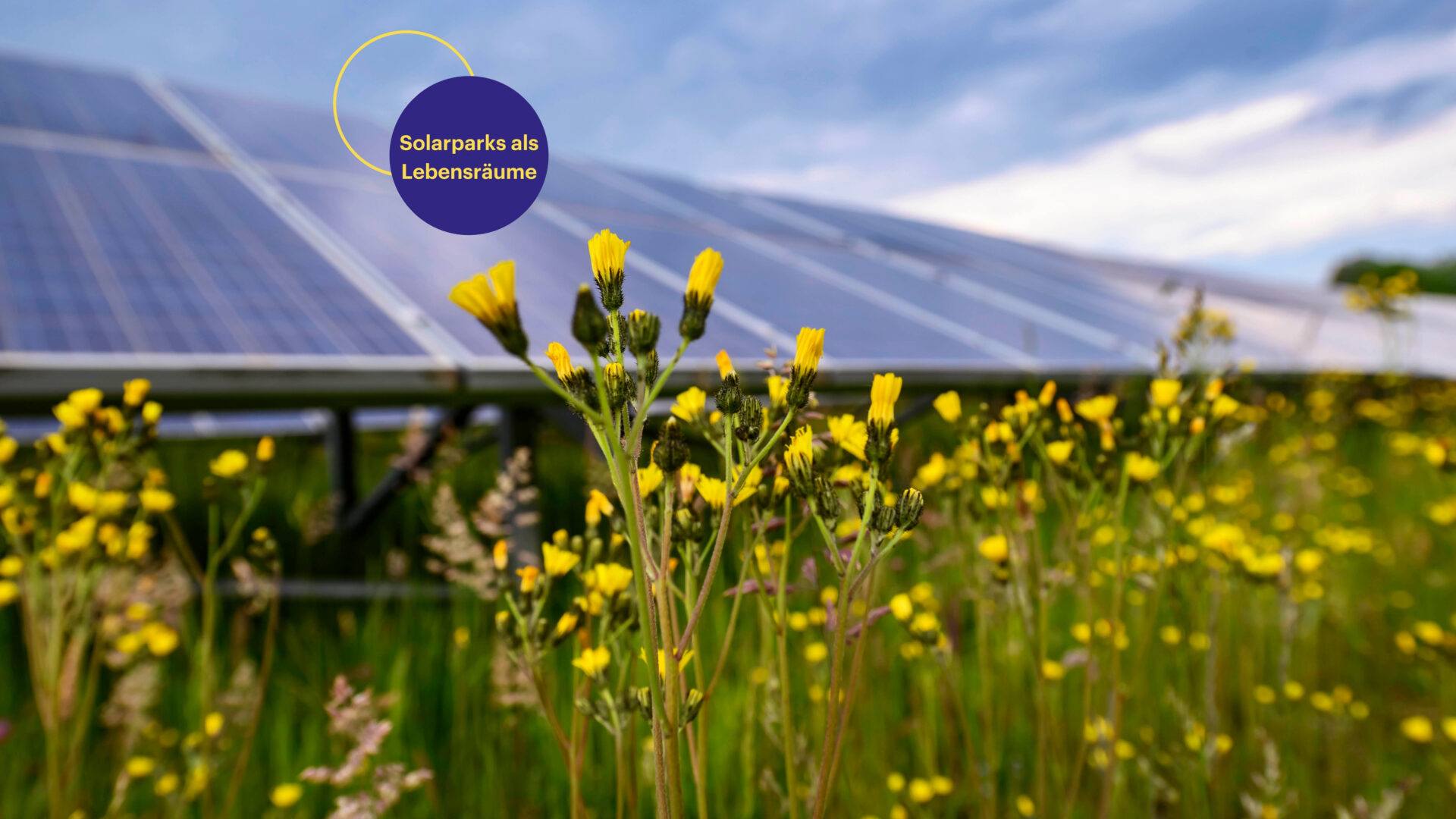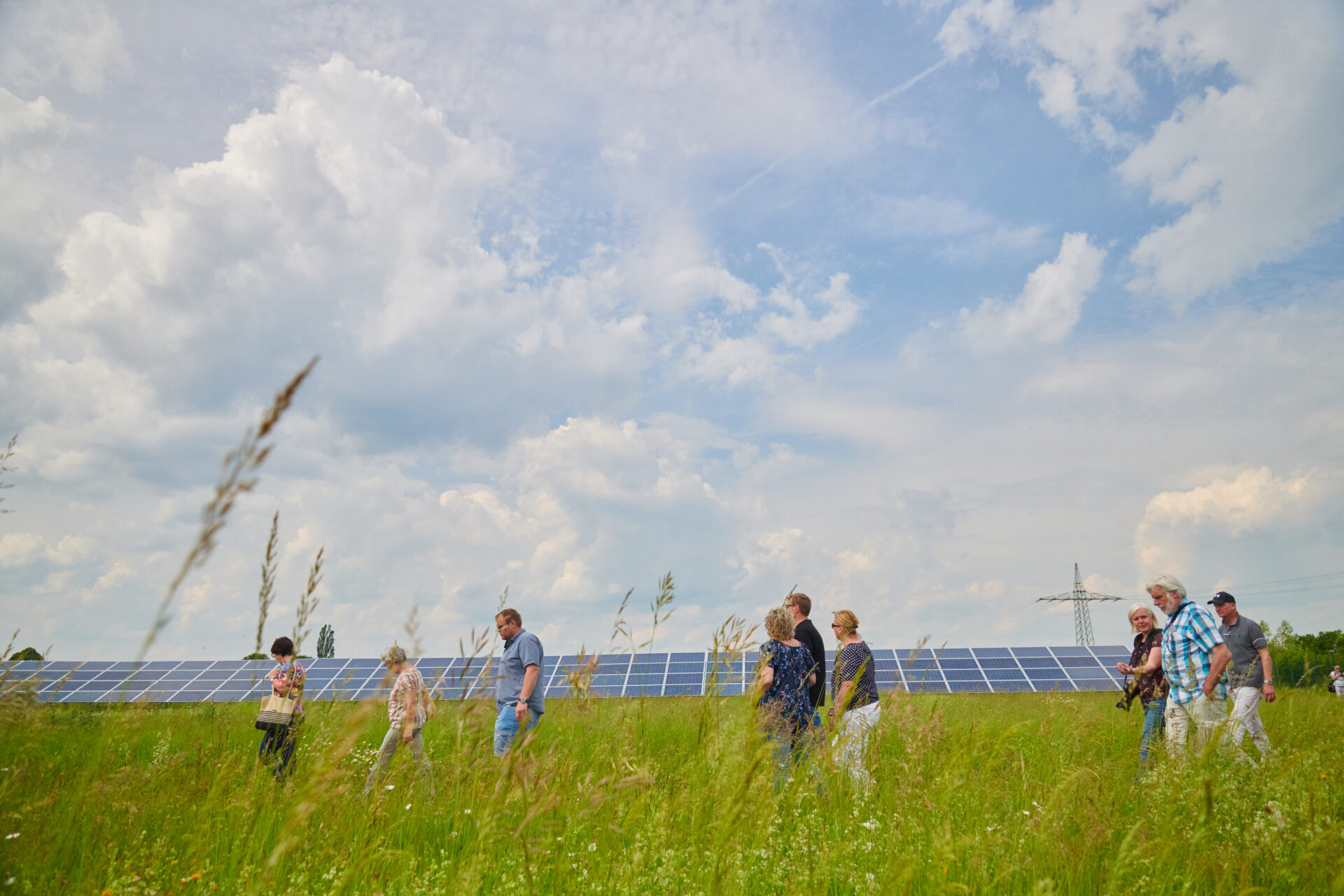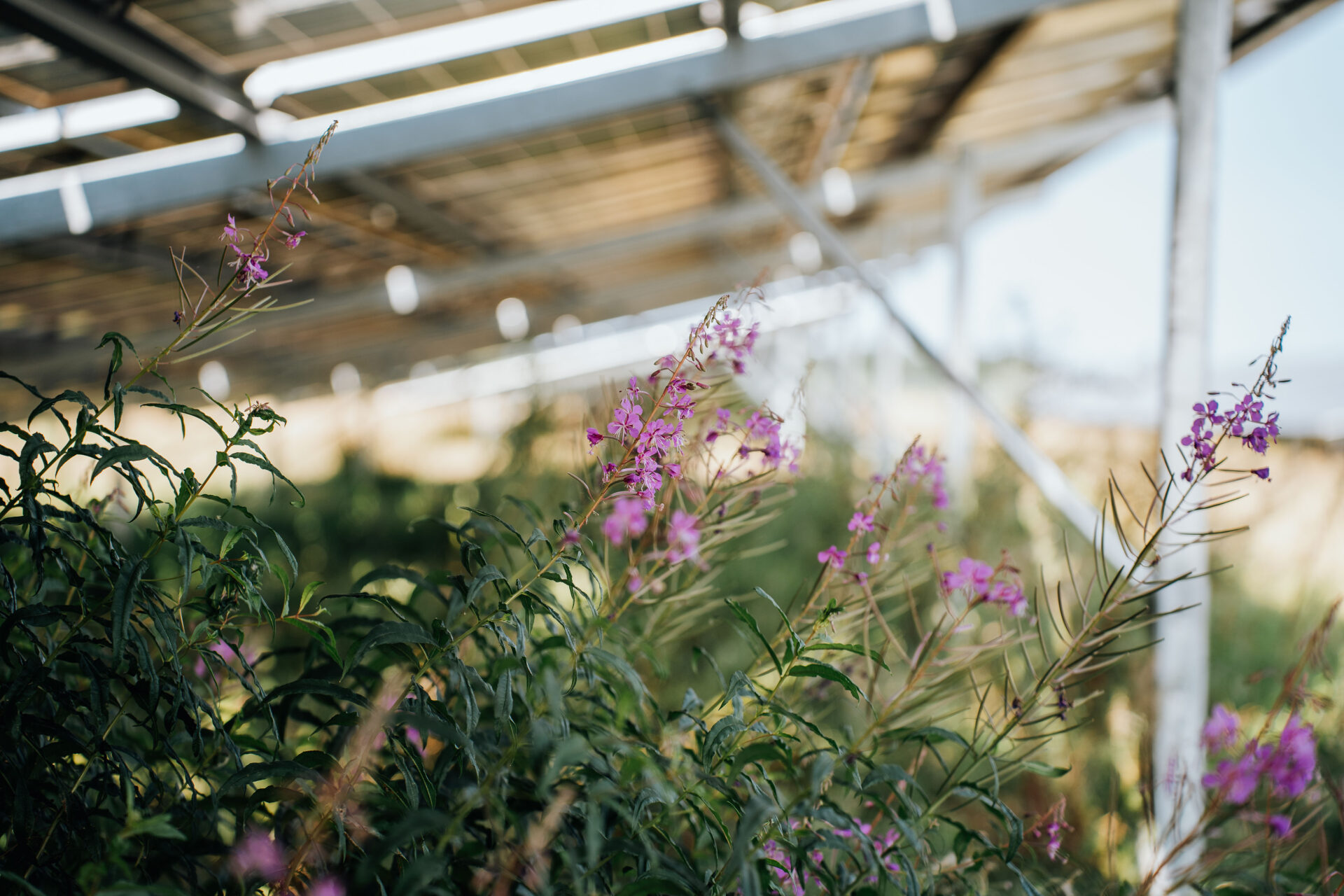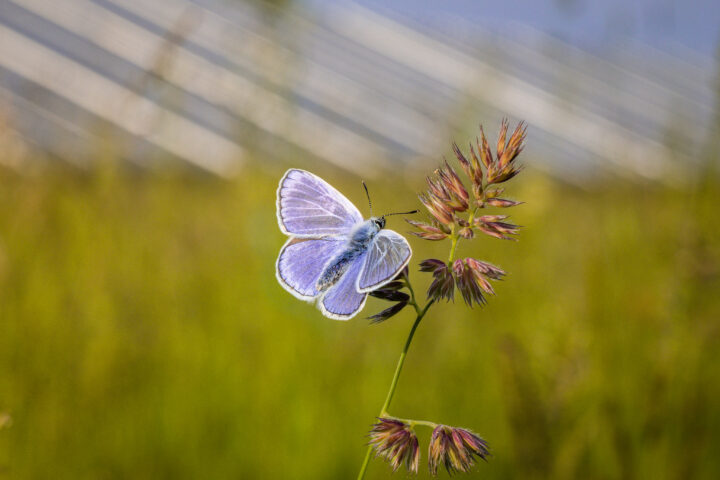The results of the comprehensive bne study to Biodiversity in ground-mounted PV systems were recognised at the Specialist conference "Biodiversity in solar parks" on 27 March 2025 in Berlin. The event attracted around 80 participants on site and reached more than 900 viewers in the livestream. Over 200 questions from the chat clearly show the broad public and professional interest in the topic. You can find out more about the conference in our Review. The recordings of the study publication in German are now on SonneSammeln in the Media centre for the study available. We are currently working on an English translation of the study results.
Lecture 4: Why solar parks can be suitable habitats for animals and plants (only in German)
Why and how is biodiversity created in solar parks? The Study authors Dr Tim Peschel (Ecology & Environment) and Rolf Peschel (The project sponsor) go into detail in their presentation "Why solar parks can be suitable habitats for animals and plants" especially on Flora and insects as basic species groups and on the Value of structural diversity of solar parks.
You can find the presentation of the speakers here and in our Media centre for the study.
The most important findings from the presentation:
- The Agricultural utilisation of areas has changed considerably in the last century. This is accompanied by a Population decline in many species groupsfor example with birds.
- Solar parks offer a High diversity of locations. The Mixture of cool, shady areas under the module tables and dry warm areas between them.
- The modules therefore include not only species of the open land, but also of the forest.
- The Paths offer particularly dry or warm conditions in solar parks, which are favourable for many Insect species of advantage are. They provide additional structure.
- One Extensive farming is important for species conservation. One Under-maintenance leads to fewer plant speciesas only a few are particularly Dominant species prevail.
- Attractive for birds: Solar parks are particularly rich in nutrients. The number of food guests recorded in the study shows the Blasting effect of the systems into their environment.
- The Grassland development and a long-term maintenance concept project planners should take into account in their planning.
- Solar parks are particularly suitable as habitats, as they is neither fertilised nor pesticides are used because they create or maintain structures and if they are extensively maintained.
Download the study (German)
You can read all the results of the study on SonneSammeln. As this is a comprehensive work, we have summarised the most important findings in a Abstract summarised.
All lectures on the programme content:
All recordings at a glance:
- Lecture 1: Presentation of the study results (Speakers: Dr Tim Peschel, Rolf Peschel)
- Lecture 2: Panel discussion with nature conservation, business and politics (only in German)
- Lecture 3: Birds and solar parks (Speaker: Matthias Stoefer)
- Lecture 5: Planning-relevant information from the study (Speakers: Dr Tim Peschel, Rolf Peschel
- Lecture 6: Bats in the solar park (Speaker: Dr Helmut Schlumprecht)






